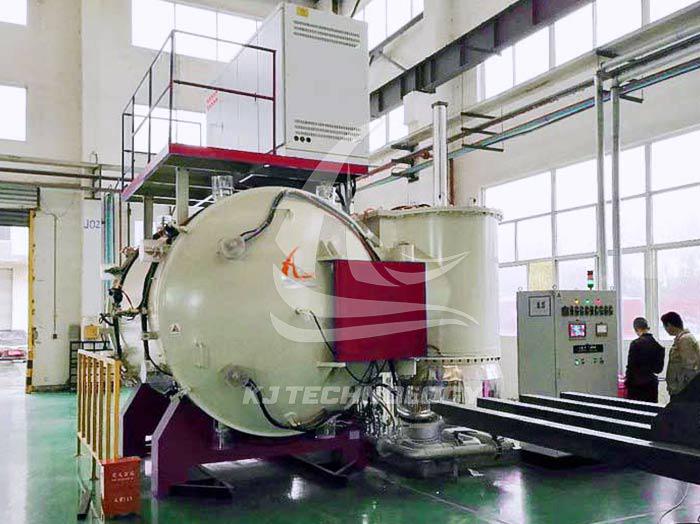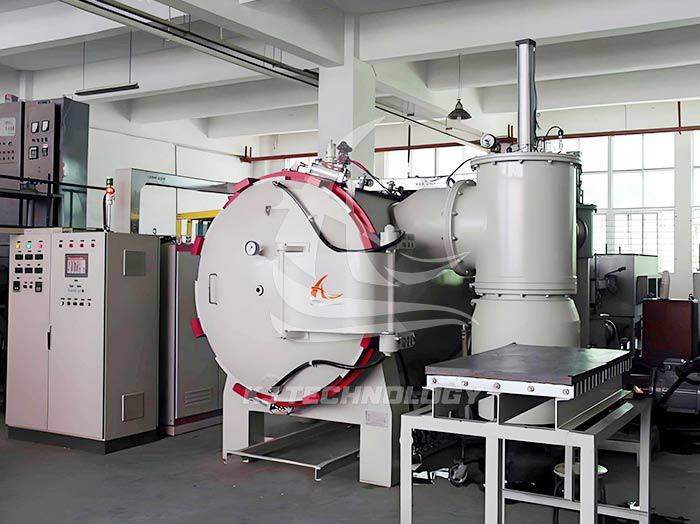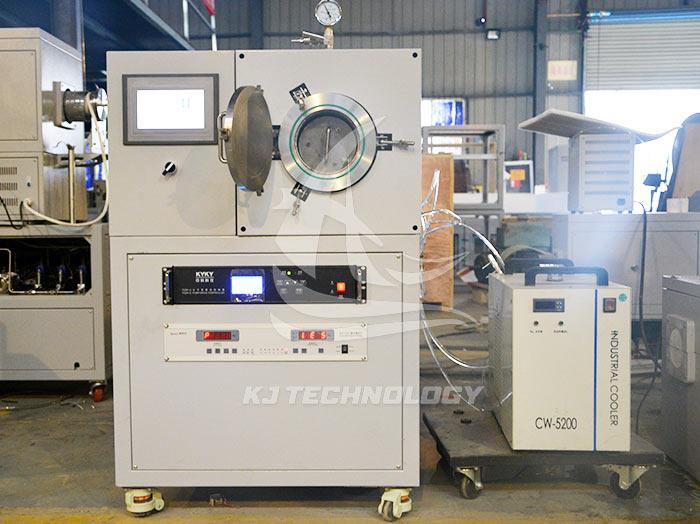The vacuum atmosphere of the muffle furnace cannot be evacuated
 09-12-2025 Author: KJ technology
09-12-2025 Author: KJ technology
The vacuum atmosphere of the muffle furnace cannot be evacuated, which may be caused by vacuum pump failure, seal damage, pipeline or valve leakage, control system failure, improper operation, equipment or workpiece contamination, insufficient vacuuming time, etc. The following is a specific analysis:
Vacuum pump malfunction:
The vacuum pump is the core component of the vacuum pumping system. If it wears out, ages, becomes contaminated with oil, or emulsifies oil, it can lead to a decrease in pumping capacity and vacuum pumping failure.
Mechanical components of vacuum pumps, such as jamming and control system failures, may also cause the pump to fail to start or reach its rated operating state.
Seal damage:
The sealing components of a vacuum atmosphere furnace include furnace door seals, flange seals, pipeline seals, etc. Their function is to prevent external air from entering the furnace and maintain the stability of the vacuum environment.
Aging, cracking, improper installation or wear of seals can lead to a decrease in sealing performance, gas leakage, and affect the vacuum pumping effect.
Pipeline or valve leakage:
In addition to damaged seals, there may also be other gas leakage points in the vacuum atmosphere furnace, such as pipeline connections, valves, sensor interfaces, etc.
These leakage points may cause the gas inside the furnace to exchange with the outside air, reduce the vacuum degree, and even prevent the vacuum degree from reaching the preset value.
Control system malfunction:
The control system of the vacuum atmosphere furnace is responsible for monitoring and adjusting parameters such as vacuum degree and temperature inside the furnace to ensure the normal operation of the equipment.
When the control system malfunctions, such as sensor failure, program error, or actuator failure, it may result in inaccurate measurement and control of vacuum degree, leading to vacuum failure.
Improper operation:
The level of operation and understanding of the equipment by the operators are also important factors affecting the vacuum effect of the vacuum atmosphere furnace.
Improper operation may lead to incorrect device parameter settings, non-standard execution of vacuum programs, and other issues, thereby affecting the vacuum pumping effect.
Equipment body or workpiece contamination:
Contamination of the furnace body or workpiece may also result in the inability to vacuum up. For example, moisture absorption on the inner wall of the furnace shell, venting of insulation materials, venting of heat exchangers, etc.
In addition, issues such as virtual welding venting and venting inside assembly threaded holes may also affect the vacuum degree.
Insufficient vacuuming time:
Insufficient vacuuming time may also result in the vacuum degree inside the furnace not meeting the process requirements.








